Three cultural buildings in Quito
Tres edificaciones culturales en Quito
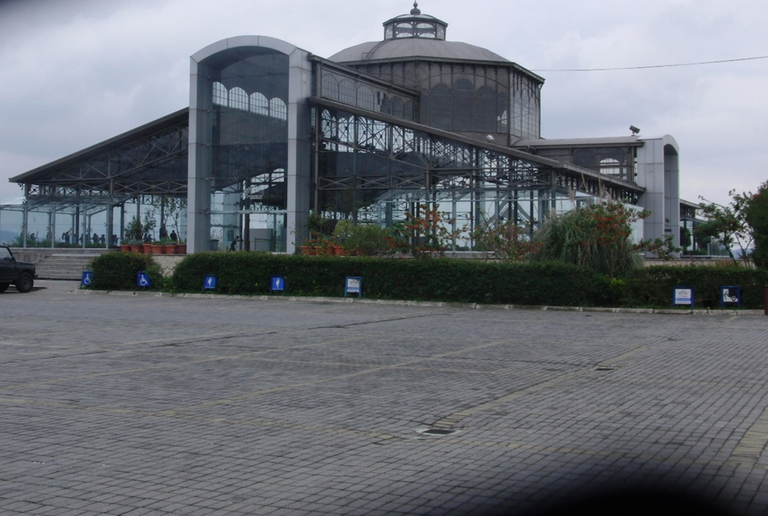
Estimados y consecuentes amigos lectores de esta comunidad, en una pasada entrega les presente dos iglesias icónicas de la capital de Ecuador. Hoy, tengo el placer, de compartir con ustedes tres obras donde se puede apreciar su belleza arquitectónica y agradecer sean lugar propicio para el disfrute estético de sus visitantes. Se trata del Centro cultural Itchimbía, el Museo de la Ciudad y el Teatro Bolívar.
Dear and consistent reader friends of this community, in a past post I presented two iconic churches in the capital of Ecuador. Today, I have the pleasure of sharing with you three works where you can appreciate their architectural beauty and thank them for being a suitable place for the aesthetic enjoyment of their visitors. These are the Itchimbía Cultural Center, the City Museum, and the Bolívar Theater.
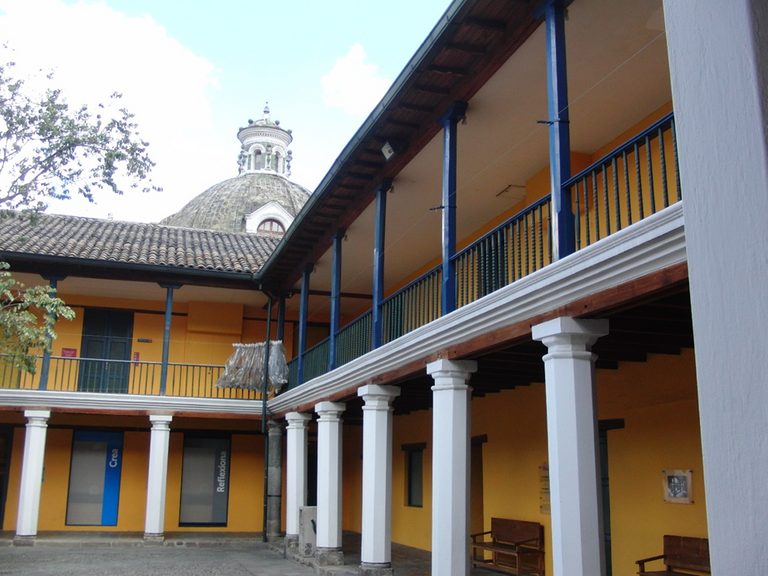
Este recorrido fue realizado por mi cuñada Violeta, quien tuvo la gentileza de permitirme utilizar sus fotos para engalanar este pequeño escrito. Sus fotos me recordaron mi última visita a Quito hace ya más de 20 años, en aquel entonces pude apreciar esa bella y cuidada ciudad, cuyo, conservado y restaurado, centro histórico ha sido galardonado como Patrimonio de la humanidad por la Unesco en 1978. De antemano, aprecio su atención y espero cualquier comentario, crítica u observación que nos ayude a mejorar nuestras próximas entregas.
This tour was carried out by my sister-in-law Violeta, who was kind enough to allow me to use her photos to adorn this little writing. His photos reminded me of my last visit to Quito more than 20 years ago, at that time I was able to appreciate that beautiful and well-kept city, whose preserved and restored historic center has been awarded as a World Heritage Site by Unesco in 1978. In advance, I appreciate your attention and I look forward to any comments, criticisms, or observations that will help us improve our next installments.
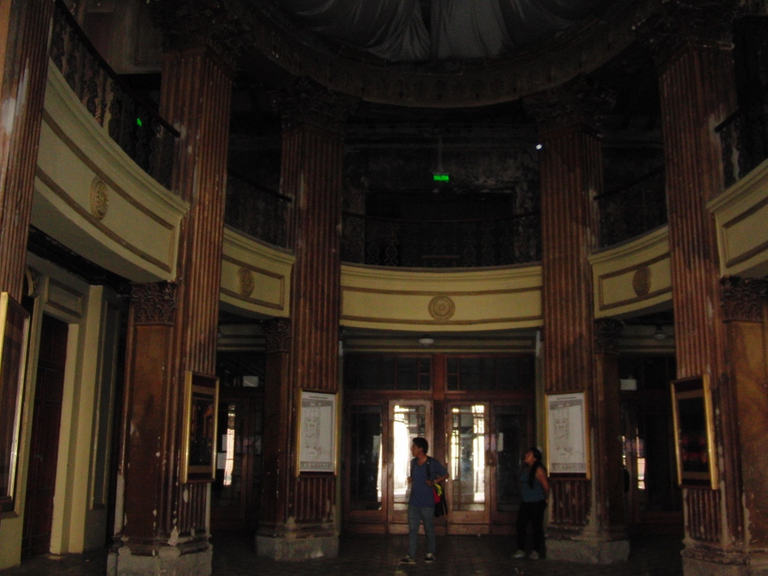
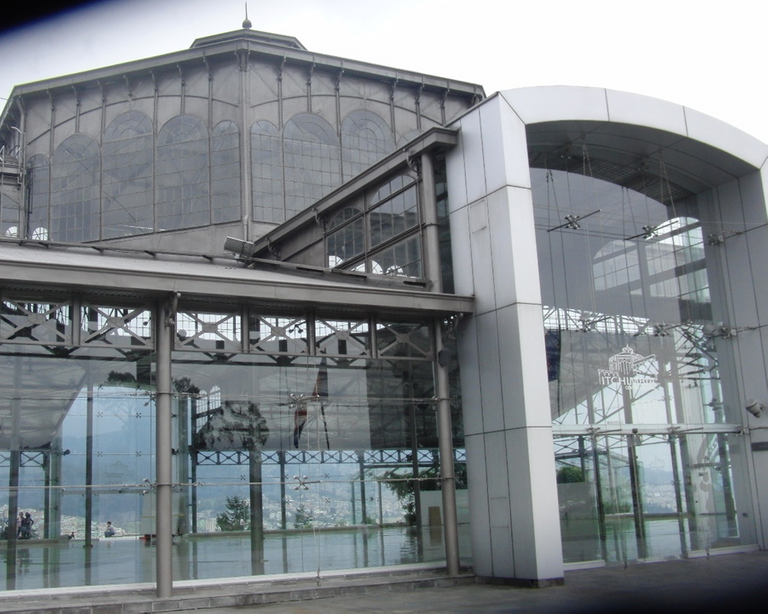
We will start with the “Parque Itchimbía”, which is reconstructed in an area of 54 hectares, which is home to some 400 varieties of flowers, 40 species of native birds; This land was visited by the inhabitants to collect healing plants, for which it was known as "the pharmacy of Quito". The Itchimbía is a historical-religious place, once a temple for the veneration of the sun and the moon by the Ecuadorian ancestors.
Comenzaremos con el “Parque Itchimbía”, el cual está reconstruido en un área de 54 hectáreas, que alberga unas 400 variedades de flores, 40 especies de aves nativas; este terreno era visitado por los habitantes para recolectar plantas curativas, por lo que era conocido como “la botica de Quito”. El Itchimbía es un lugar histórico-religioso, otrora templo para la veneración del sol y la luna por los ancestros ecuatorianos.
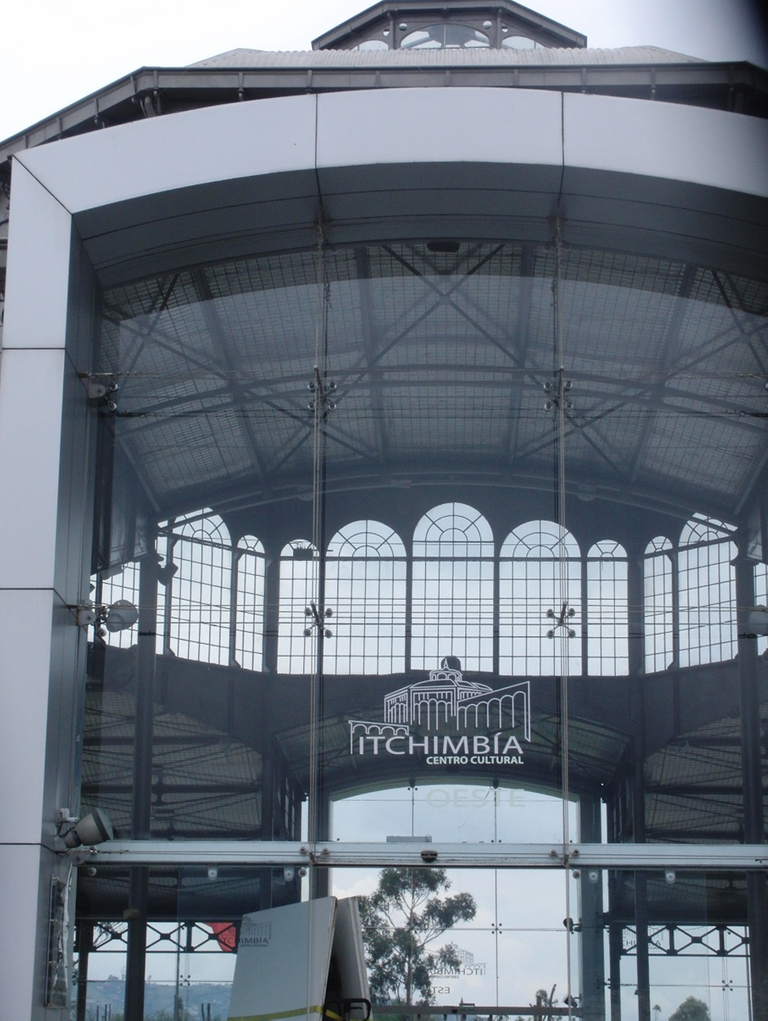
Today the Park is a space that beautifully combines art, culture, and tradition. The building, which has been raised on a hill, is an iron and zinc structure, originally imported from Belgium, in 1889. In Quito, it was rebuilt in a square in front of the Santa Clara Monastery in 1920, as "Mercado de Santa Clara", and was destined to be a market by virtue of its resemblance to the market of Las Halles, in Paris.
En la actualidad el Parque es un espacio que conjuga bellamente el arte, la cultura y la tradición. La edificación, que ha sido levantada en una loma, es una estructura de hierro y zinc, importada originariamente de Bélgica, en 1889. En Quito, fue reconstruido en una plaza frente al Monasterio de Santa Clara en 1920, como “Mercado de Santa Clara” y se le destinó a ser un mercado en virtud de su semejanza con el mercado de Las Halles, en París.
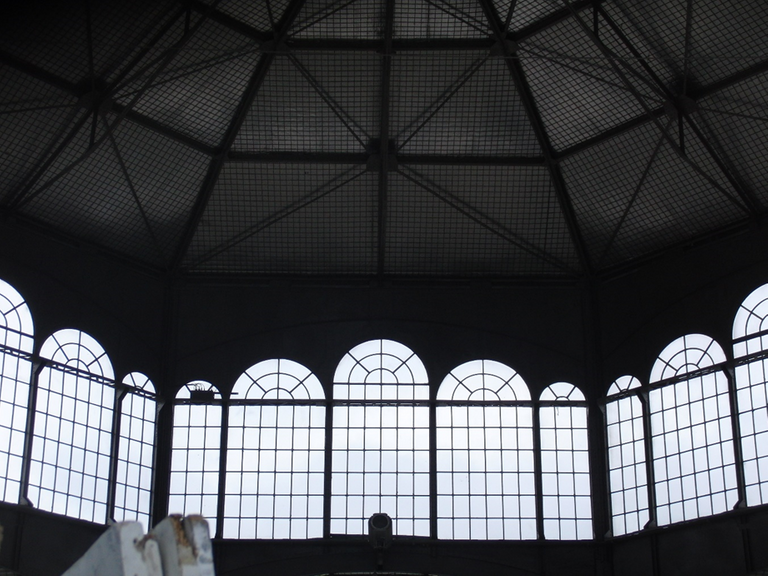
Its new headquarters dates back to 2004, when it was transferred to this bucolic, absolutely irregular space, located in the northeastern part of the urban plateau, at a height of 2,910 meters above sea level. The telos of this building and its surroundings is that they serve to promote art and culture, which is why it was renamed the Itchimbía Cultural Center. This Park has become a space for recreational and tourist-environmental use with an ambitious project that seeks citizen participation in this public space. On the other hand, visitors can enjoy wonderful views, since its location and topography, which make up a spectacular viewpoint, allow direct 360-degree observation of the city, “El Panecillo”, and part of the valleys that surround Quito.
Su nueva sede data del año 2004, donde fue trasladado a este bucólico espacio, absolutamente irregular, ubicado en la parte nororiental de la meseta urbana, una altura de 2910 metros sobre el nivel del mar. El telos de esta edificación y sus alrededores es que sirvan para el fomento del arte y la cultura, por lo que fue rebautizado como Centro Cultural Itchimbía. Este Parque se ha convertido en un espacio para uso recreativo y turístico-ambiental con un ambicioso proyecto que busca la participación ciudadana en este espacio público. Por otra parte, los visitantes pueden disfrutar de maravillosas vistas, pues su ubicación y topografía, que conforman un espectacular mirador, permiten la observación directa, de 360 grados, de la ciudad, el Panecillo y parte de los valles que rodean a Quito
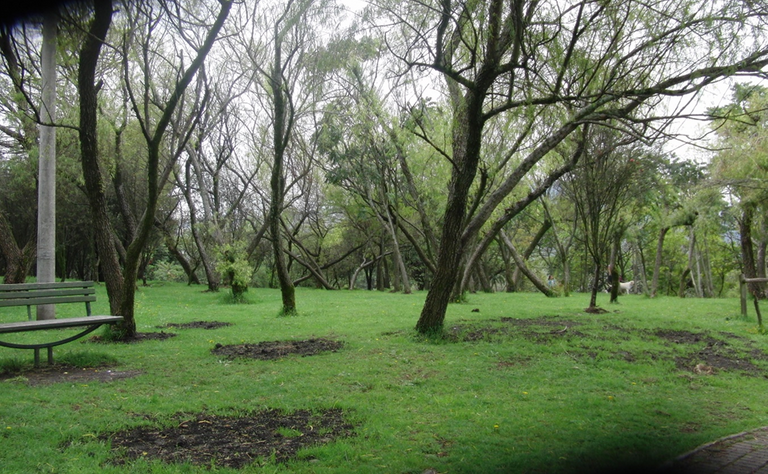
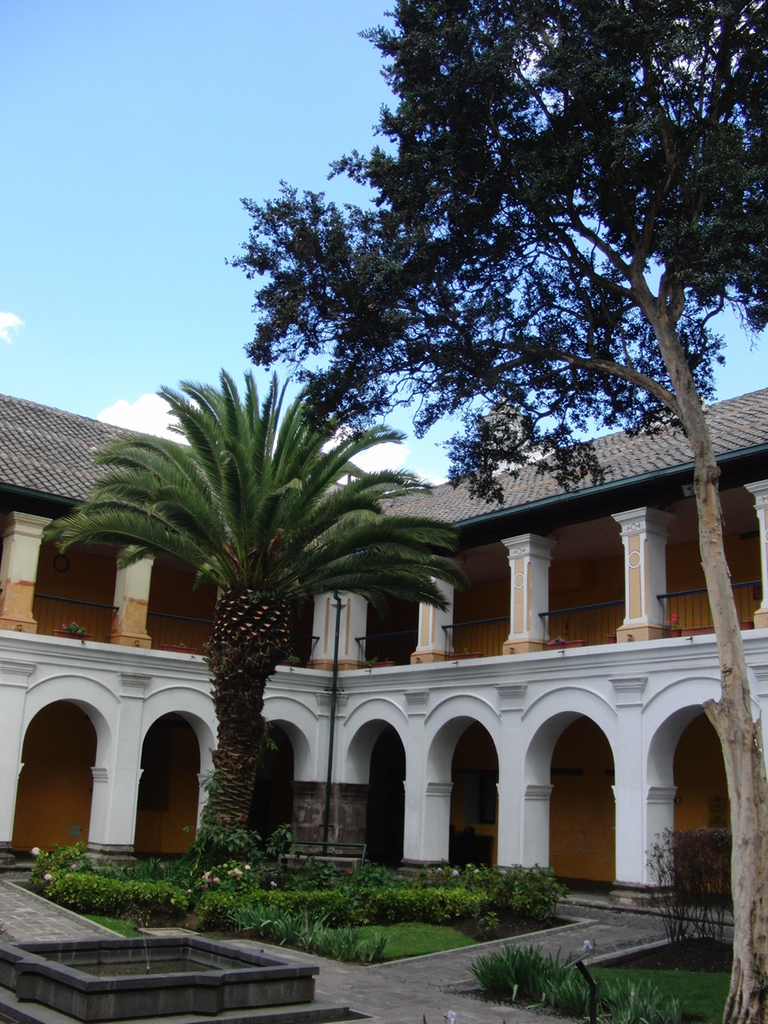
We continue our presentation of these Quito cultural works with the "Museum of the City", which is located in the heart of the historic center of the city, occupies the building that was, in 1565, the seat of the old Hospital de la Misericordia de Our Lord Jesus Christ, whose name became Saint John of God in the 19th century. Therefore, it is not rash to say that it is the oldest civil building in Quito, with more than 450 years of construction.
Continuamos nuestra presentación de estas obras culturales quiteñas con El “museo de la Ciudad”, el cual está emplazado en el corazón del centro histórico de la ciudad de Quito, ocupa el edificio que era, en 1565, sede del antiguo Hospital de la Misericordia de Nuestro Señor Jesucristo, cuyo nombre pasó a ser San Juan de Dios en el siglo XIX. Por lo cual, no es temerario decir que es el edificio civil más antiguo de Quito, con mas de 450 años de construido.
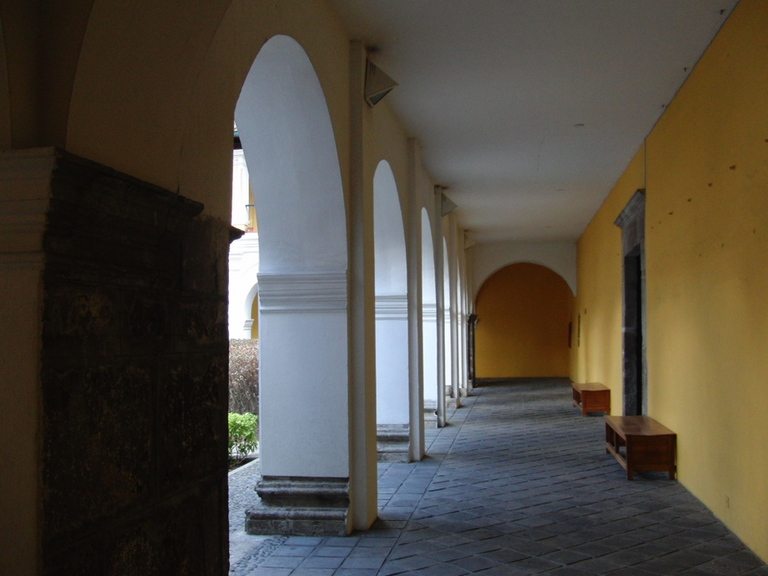
The old hospital, with two floors, was rebuilt and rehabilitated in 1998 to turn it into one of the most important museums in the country. Upon entering the building, visitors cannot help but be perplexed by the majesty of its infrastructure, as well as appreciate the exhibition halls that show a perfect recreation of the daily life of the city's inhabitants, from pre-Hispanic times to the centuries XVI to XX, expressed in simple objects used in various aspects of daily life such as arts and crafts, education, culture, etc.
El antiguo hospital, de dos plantas, fue reconstruido y rehabilitado en 1998 para convertirlo en uno de los museos mas importantes del país. Al entrar a la edificación los visitantes no pueden dejar quedar perplejos con la majestuosidad de su infraestructura, así como apreciar las salas de exposiciones que muestran una perfecta recreación de la vida cotidiana de los habitantes de la ciudad, desde la época prehispánica, hasta los siglos XVI al XX, expresada en objetos sencillos usados en diversos aspectos de la a vida diaria como las artes y oficios, la educación, la cultura, etc.
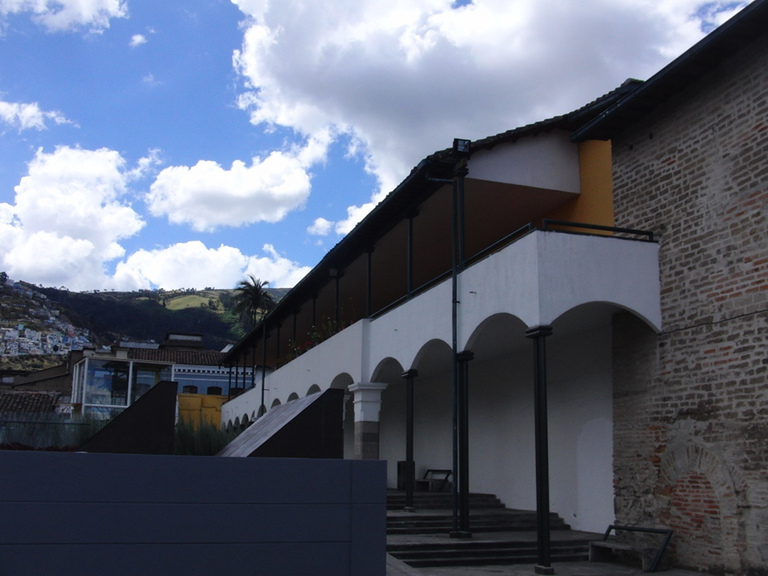
The Museum is a dynamic space that integrates the visitor into the history and culture of the Ecuadorian people. Currently, the Museum has been expanded in its surrounding land, raising a steel structure worthy of being visited.
El Museo resulta un espacio dinámico que integra al visitante a la historia y cultura del pueblo ecuatoriano. En la actualidad el Museo ha sido ampliado en sus terrenos aledaños, levantando una estructura de acero digna de ser visitada.
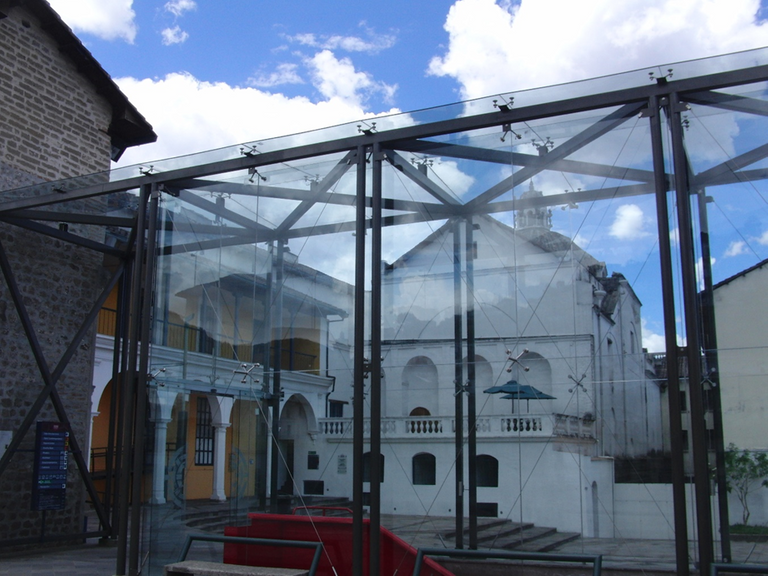
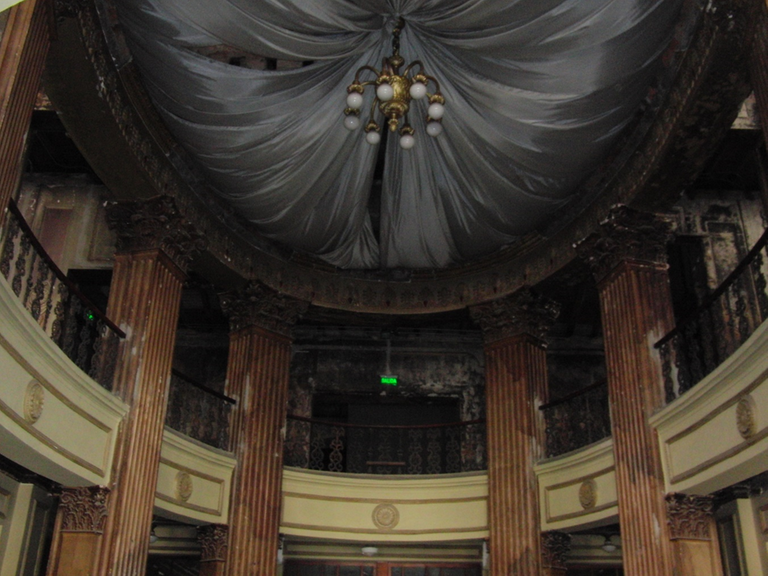
To finish, I show you the Bolívar Theater, which is an artistic complex located in the Historic Center of Quito, designed by the firm of architects and engineers Hoffman and Henon from Philadelphia -USA, its construction was commissioned by the architect Augusto Ridder. The theater was inaugurated in 1933, with capacity for 2400 spectators. Designed in a neoclassical (art-nouveau) style, with Arabic trim, it has become an architectural and cultural attraction. Unfortunately, the building was 70% destroyed by a raging fire in 1999. However, thanks to the will and collaboration of national and international organizations, through donations, its restoration has already advanced quite a bit.
Para terminar, les muestro el Teatro Bolívar, que es un complejo artístico ubicado en el Centro Histórico de Quito, diseñado por la firma de arquitectos e ingenieros Hoffman y Henon de Filadelfia -USA, de su edificación se encargó al arquitecto Augusto Ridder. El teatro fue inaugurado en el año 1933, con capacidad para 2400 espectadores. Diseñado en un estilo neoclásico (art-nouveau), con ribetes árabes, se ha convertido en un atractivo arquitectónico y cultural. Lamentablemente, la edificación fue destruida en un 70% por un voraz incendio en 1999. Empero, gracias a la voluntad y la colaboración de organismos nacionales e internacionales, mediante donaciones, ya ha avanzado bastante su restauración
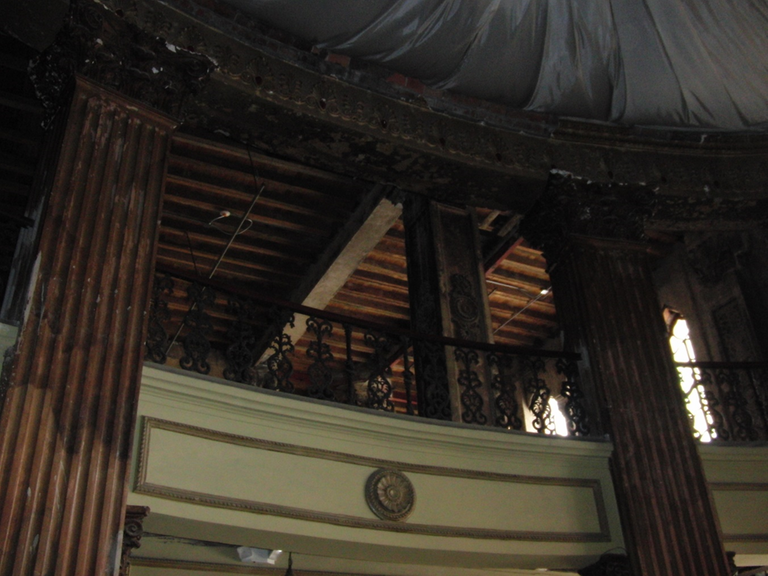
The complex has a theater room with 963 seats, a hall for artistic-musical events and a cultural center, a space for teaching various artistic disciplines and a museum; It also has a restaurant and a cafeteria.
El complejo cuenta con una sala de 963 butacas, un salón de eventos artístico-musicales y centro cultural, un espacio para la enseñanza de diversas disciplinas artísticas y un museo; cuenta además con un restaurante y una cafetería.
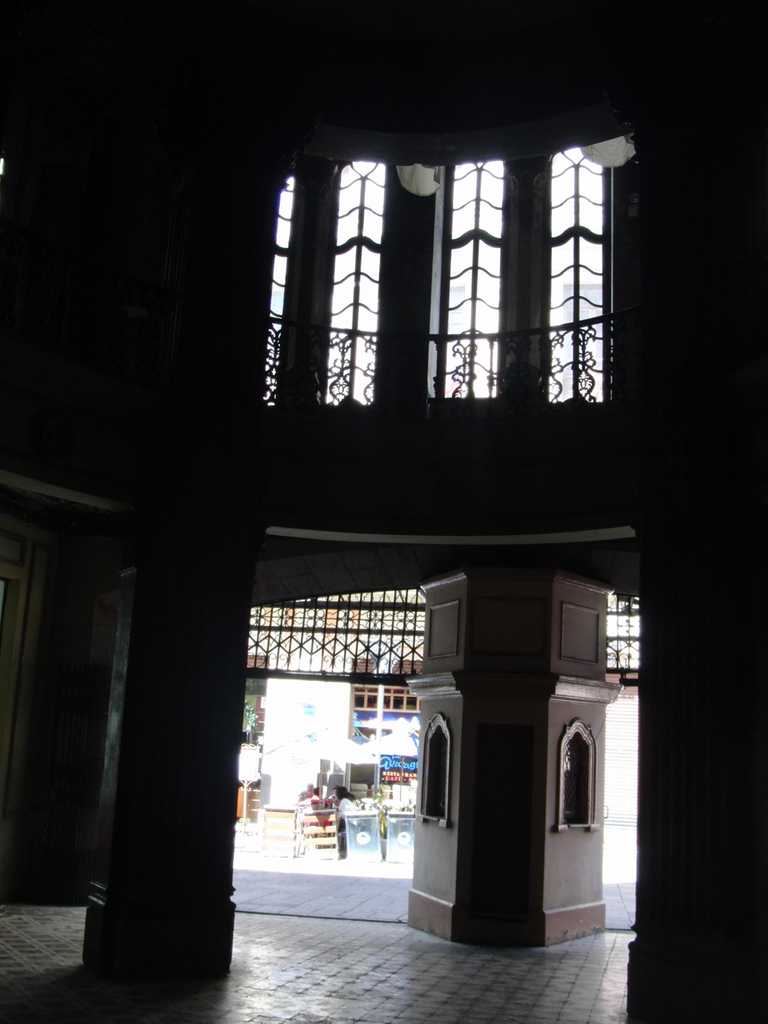
The museum has several architectural spaces: hall, rooms, stage, dressing rooms, stairs, doors, and a room where objects used in the Bolívar Theater in its beginnings are exhibited.
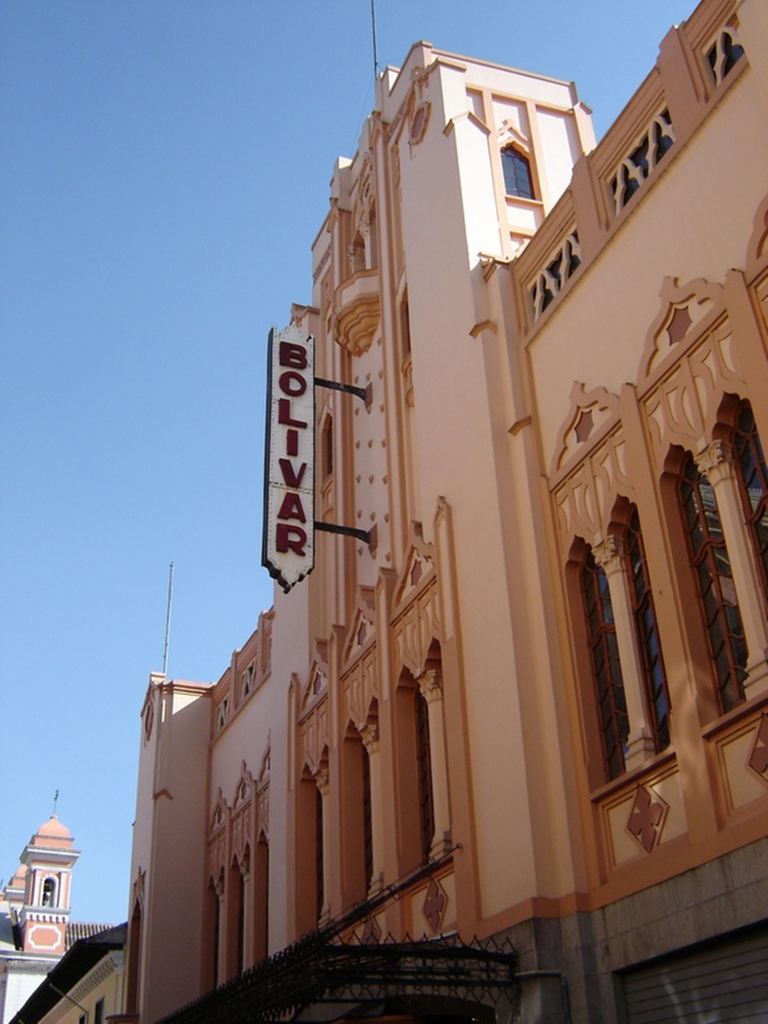
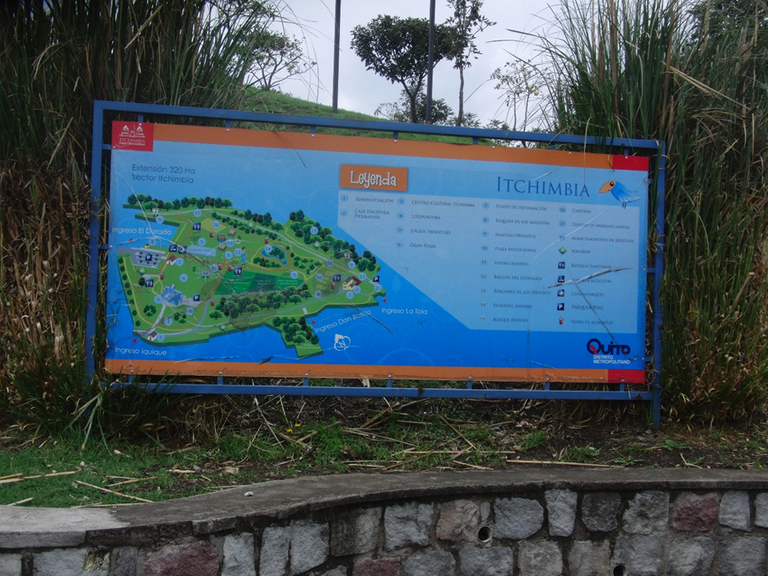
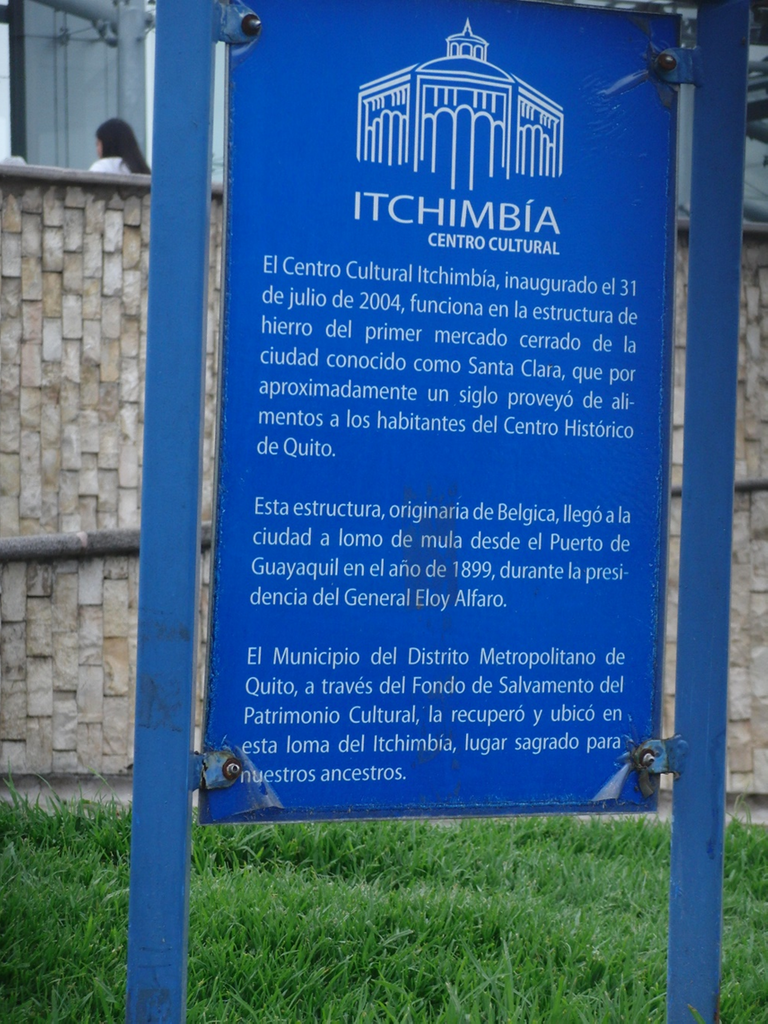
Centro Cultural Itchimbía)
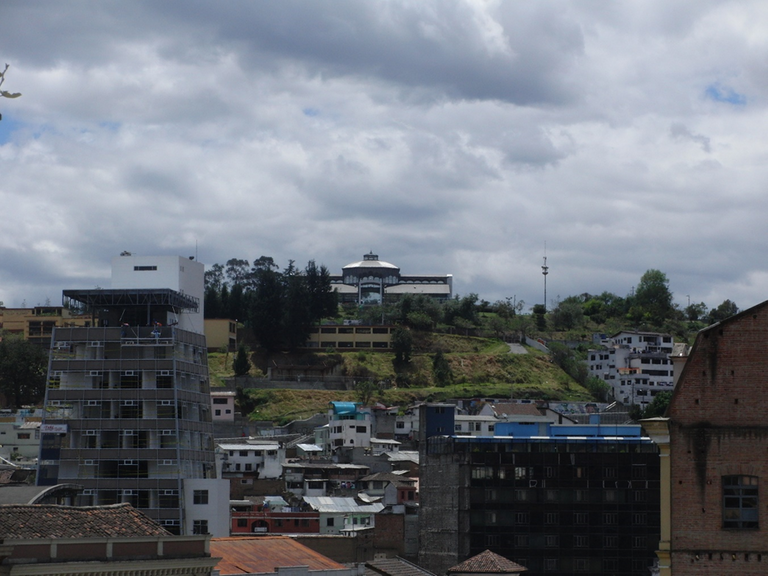
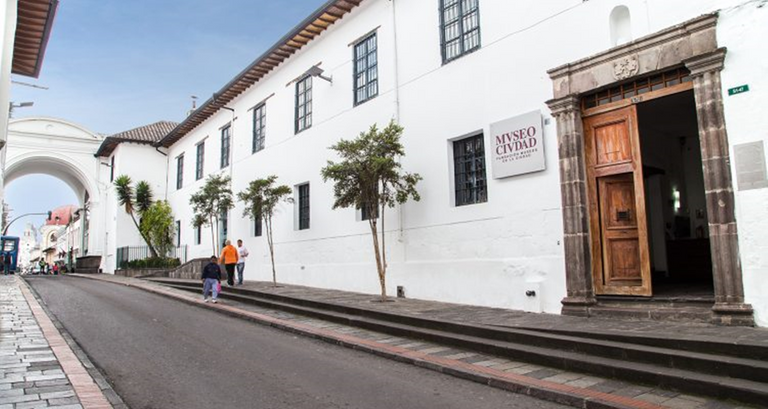
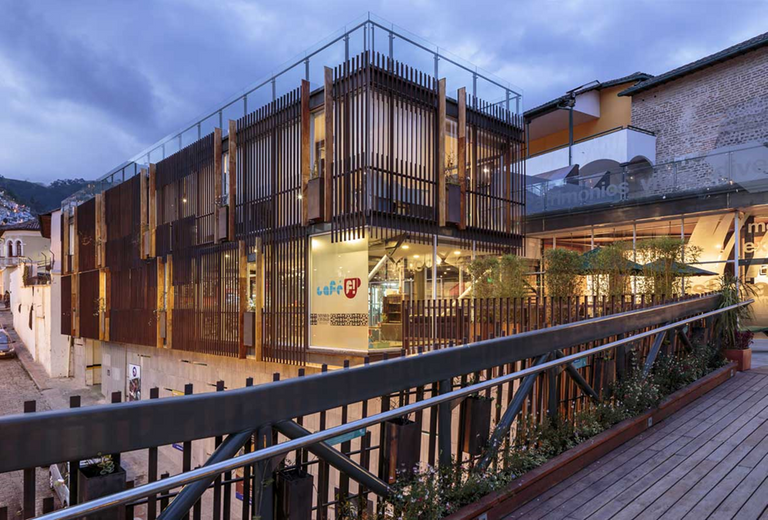
Congratulations, your post has been added to Pinmapple! 🎉🥳🍍
Did you know you have your own profile map?
And every post has their own map too!
Want to have your post on the map too?
Hello friends of Pinmapple. Thank you very much for always putting my post on your map. Greetings and have an enriching rest of the week
Congratulations @besamu! You have completed the following achievement on the Hive blockchain and have been rewarded with new badge(s):
Your next target is to reach 20000 upvotes.
You can view your badges on your board and compare yourself to others in the Ranking
If you no longer want to receive notifications, reply to this comment with the word
STOPCheck out the last post from @hivebuzz:
Hello Hivebuzz, it's great to have you keeping track of the progress statistics of our community members, Happy weekend to all
Architecture Brew #62. More power!Congratulations @besamu! We're delighted to specially curate your awesome publication and award it RUNNER-UP in
Thank you for subscribing to Architecture+Design, an OCD incubated community on the Hive blockchain.
Hello dear jlufer, thank you for your comment. Indeed, the structure of Itchimbía is a piece of architecture that is difficult to ignore, although in this case it is enriched by the place where it was reinstalled. While acknowledging the beauty of the expanded city museum and the Bolívar Theater, despite the fire that devastated it, it still retained a certain beauty and splendor. Receive my cordial and fraternal greetings